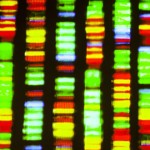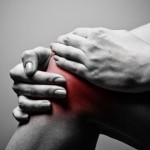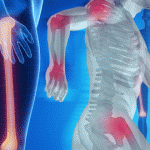Romosozumab’s Future Is Uncertain Romosozumab, which has the possible U.S. brand name Evenity, is awaiting approval from the FDA.1 The treatment is an investigational, injectable biologic for treating osteoporosis. It increases bone formation and bone density, reducing a patient’s risk of fractures. The manufacturer no longer expects the FDA to approve the drug this year…







